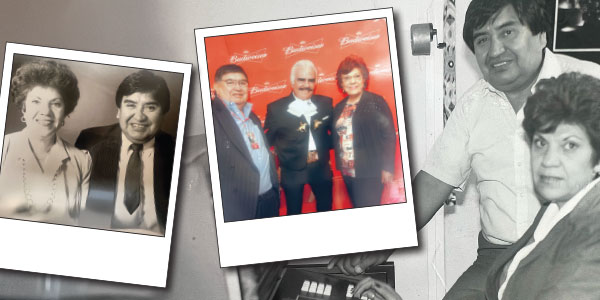Si vamos a detener los tiroteos en masa en Estados Unidos, entonces tendremos que reglamentar las armas, así de simple.
De acuerdo con la Universidad de Stanford, un tiroteo en masa incluye a tres o más víctimas (no necesariamente muertes), excluyendo al tirador. Típicamente, implica asesinatos indiscriminados. En el 2015, hubo 330 tiroteos masivos en Estados Unidos, el país con la mayor propiedad de armas por persona, de acuerdo con The Wall Street Journal. Las tragedias en Oregón, Connecticut, California y Texas son algunos de los ejemplos de tiroteos masivos -y los ejemplos que demuestran la necesidad de tener una política de regulación de armas.
Además hay evidencias adicionales. De acuerdo con el sitio en la red Gun Violence Archive.org, más de 10,000 personas murieron durante el 2015 con armas de fuego en Estados Unidos. Los asesinatos y tiroteos continuarán a menos que la gente empiece a presionar a los miembros del Congreso para que regule las armas.
El presidente Obama ha hecho un llamado a los legisladores para fortalecer el control de armas,, sin embargo, sus palabras llegan a oídos sordos. Quizás ellos sí escucharían a sus ciudadanos si ellos les exigieran a los legisladores detener sus riñas partidistas y en lugar de eso aprueben una legislación para el control de armas con el apoyo de ambos partidos. Los políticos deben cambiar y los miembros del Congreso deben tomar acción.
No hay necesidad de prohibir las armas, sin embargo, sí existe una necesidad para el control de ellas implementando una ley que las regule. Es increíble que casi cualquier persona pueda comprar un arma en cualquier momento, en cualquier lugar, y es increíble que nosotros los americanos no tengamos una legislación sensible de control de armas que ayude a prevenir futuras masacres tales como las de Oregón, Connecticut, California y Texas.
_________________________________________________________________________________________________________
Mass shootings will continue unless there’s gun regulation
Commentary by Chara
If we’re going to stop mass shootings in the United States, then we’ll have to regulate guns. It’s that simple.
According to Stanford University, a mass shooting includes three or more shooting victims (not necessarily fatalities), excluding the shooter. Typically, it involves indiscriminate killing. In 2015, there were 330 mass shootings in the United States, the country with highest gun ownership per capita, according to The Wall Street Journal. The tragedies in Oregon, Connecticut, California and Texas are some examples of mass shootings – and examples that demonstrate the need for a gun regulation policy.
There’s additional evidence. According to the Web site Gun Violence Archive.org, more than 10,000 people were killed during 2015 with firearms in the United States. The killings and shootings will continue unless people start pressuring the members of Congress to regulate guns.
President Obama has called on legislators to strengthen gun control. However, his words haven’t been heard. Maybe they’ll hear their constituents if their constituents demand that lawmakers stop their partisan bickering and, instead, pass gun control legislation with bipartisan support. Politics must change. Members of Congress must take action.
There’s no need to ban guns. However, there’s a need for gun control by implementing a law that regulates firearms. It’s unbelievable that almost any person can buy a gun at any time anywhere. And it’s unbelievable that we Americans don’t have sensible gun control legislation that will help prevent future mass shootings such as those in Oregon, Connecticut, California and Texas.











